The 80,000 sq ft country house — with 122 rooms and Versailles-style gardens — that sold for £950,000
Kinmel Hall is one of the most extravagant houses in Britain, with 122 rooms and 365 windows. Yet it's fallen on hard times and has just been auctioned off at an astonishing price.

It was just a couple of months ago that Country Life's culture columnist Athena lamented the plight of Kinmel Hall, a magnificent country house near Abergele, Denbighshire, a few miles inland from the beautiful coast of North Wales.
'Kinmel Hall is one of Britain’s great Victorian trophy houses, offering a taste of France in North Wales,' she wrote of the place that is went up for auction this week with a £750,000 guide price. It eventually went well over that, to £950,000 — for reasons which might well become clear as you read on.
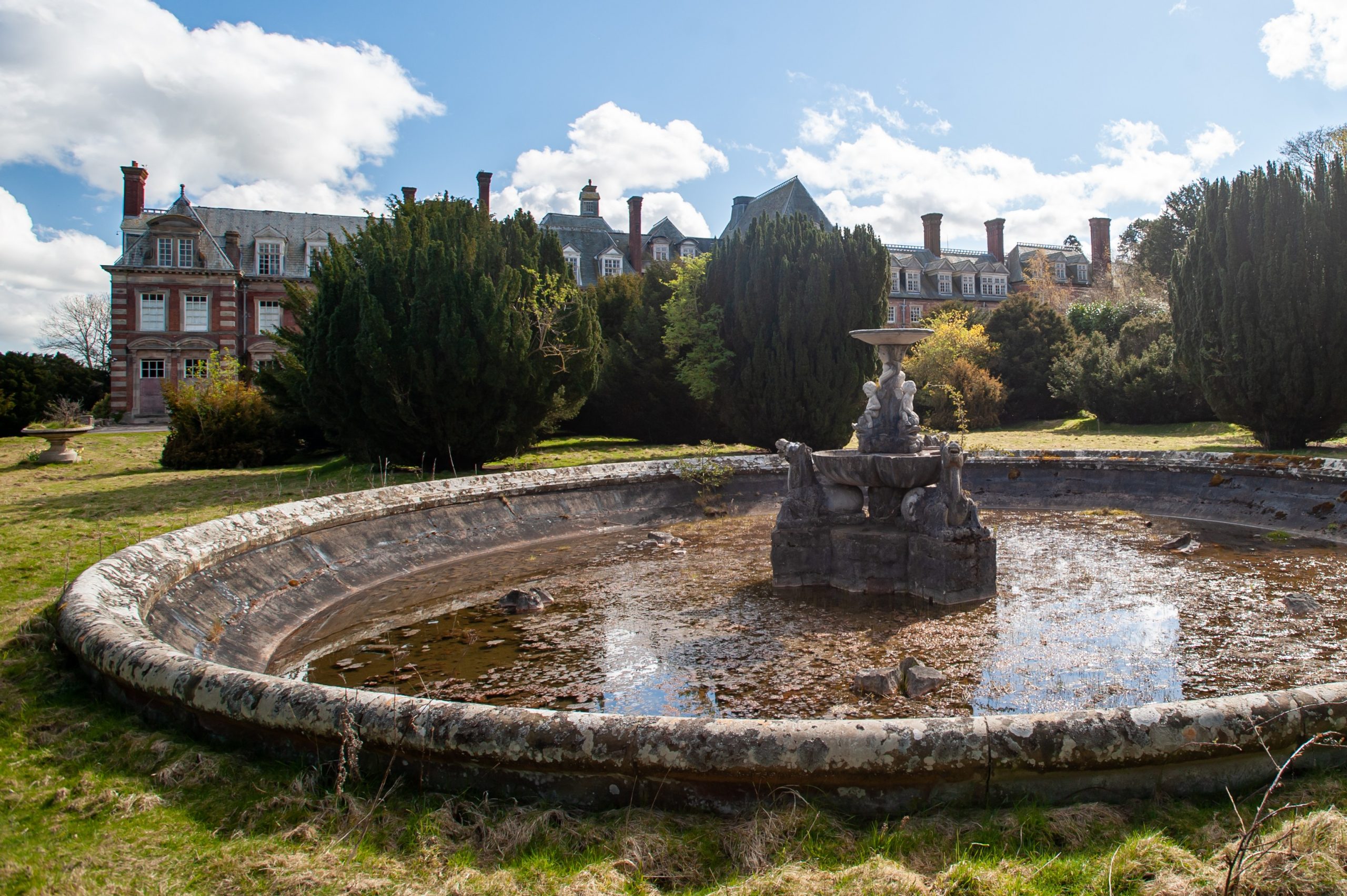
'Remodelled by W. E. Nesfield in the 1870s, it is faced in the same glowing red brick and creamy stone as Louis XIII’s original hunting lodge at Versailles and the steep roofs and soaring chimneys create a festive silhouette as rich as any châteaux on the Loire.'
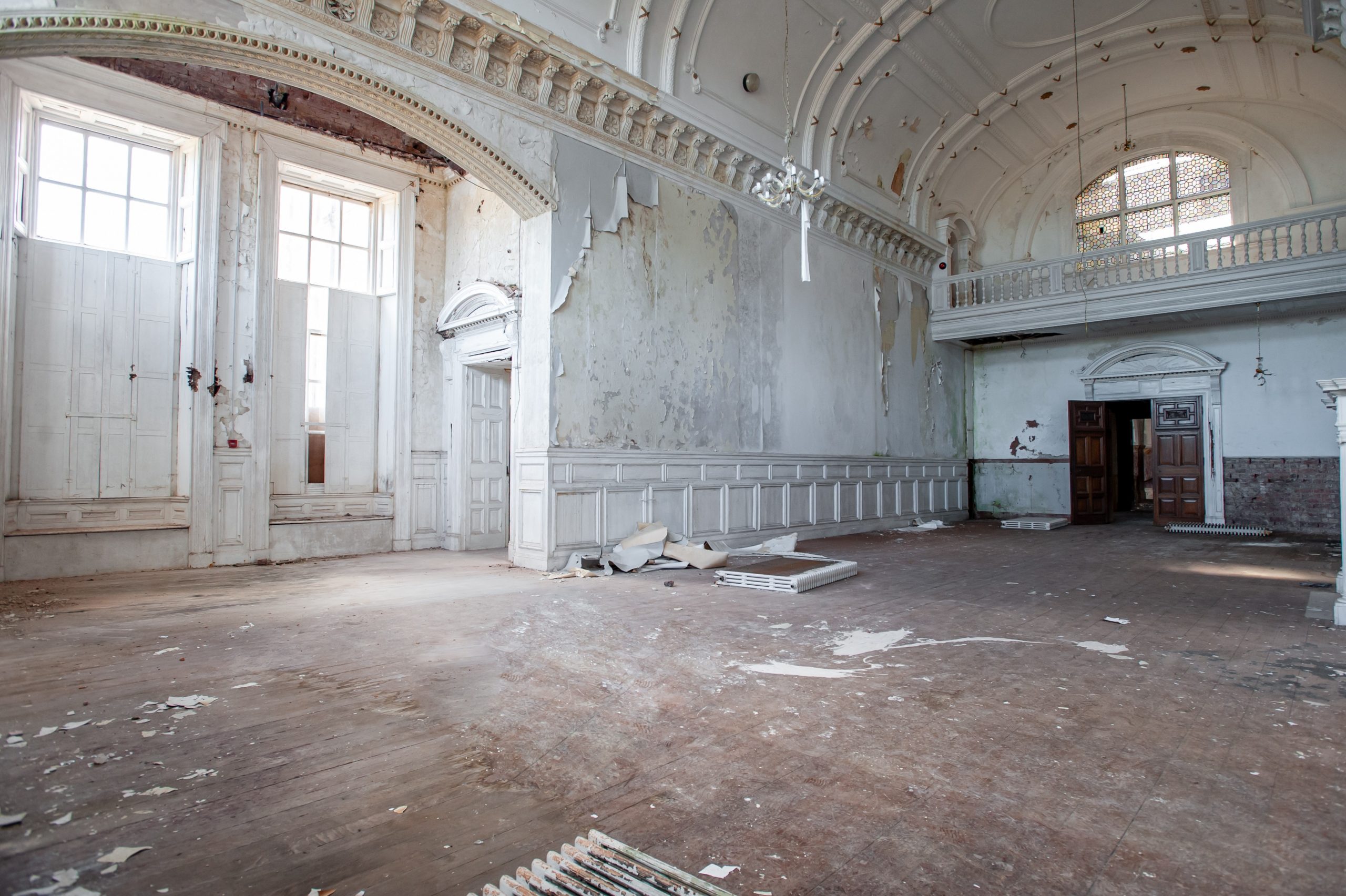
Nesfield, the man responsible for creating this masterpiece, was tasked with turning an earlier, smaller house into something grander — yet a place that was very much a home. Kinmel became a 'calendar house', with 365 windows, 122 rooms and over 80,000 sq ft of space.
The scope of his ambition is still clearly evident from the size and shape of the rooms, as well as in the character features which still survive: the ornate ceilings, panelled walls and the scale of the grand hallway and staircase.
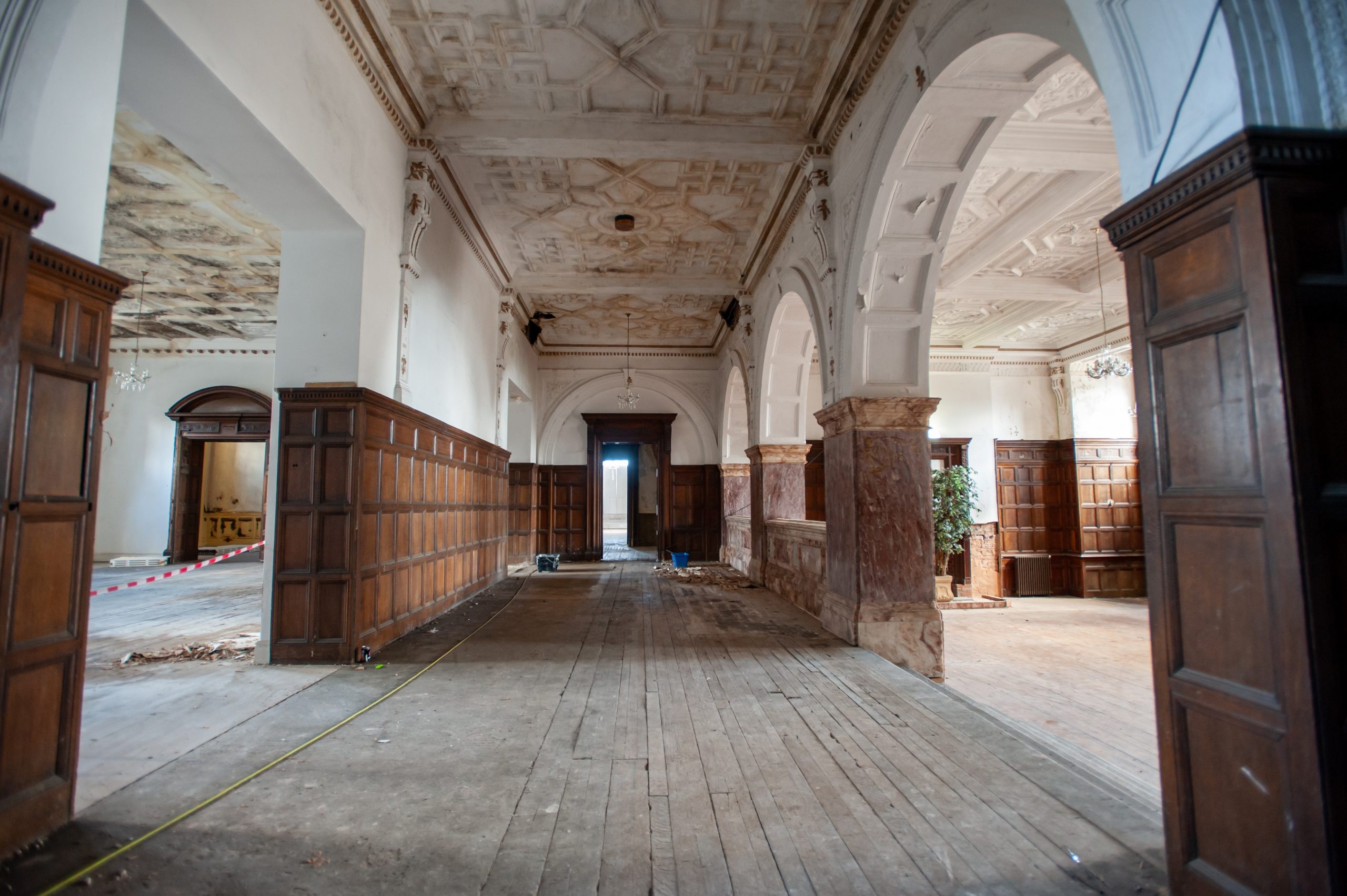
Kinmel was the family home of the Hughes family until 1938, when it was sold and became a school — Clarendon — which thrived at the site until a fire in 1975 gutted much of the building.
Country Life published an article on the house in its heyday in 1969, with Mark Girouard digging in to the architect's history and philosophy, as displayed in a design that was 'a mixture of a Wren palace and a French chateau':
Sign up for the Country Life Newsletter
Exquisite houses, the beauty of Nature, and how to get the most from your life, straight to your inbox.
'Nesfield's work, at Kinmel especially, has sometimes been described a an early forerunner of the neo-Georgian style of Edwardian times. But his approach was very different.
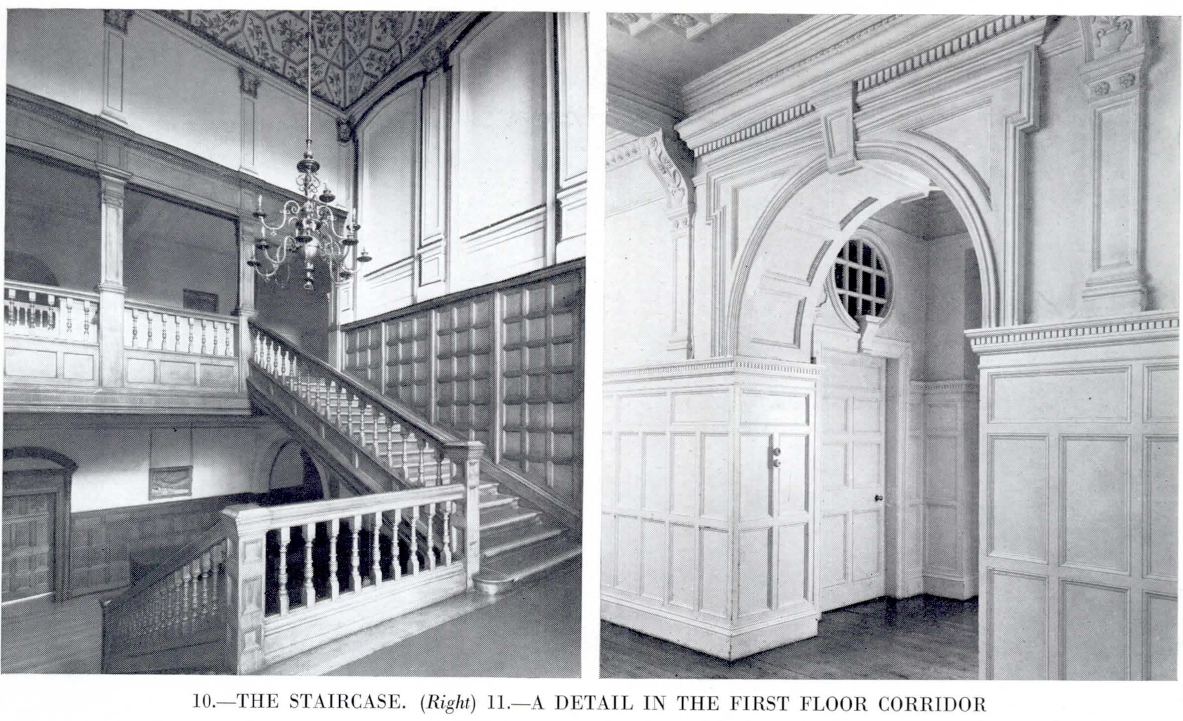
'What Nesfield and his friends were trying to do in the 1870s was to get the best of both worlds, to combine the convenient asymmetrical planning of Gothic building with the elegance of classical detail. Classical architects gave symmetry an absolute value; Nesfield used symmetry for effect, but abandoned it as soon as it became inconvenient.'
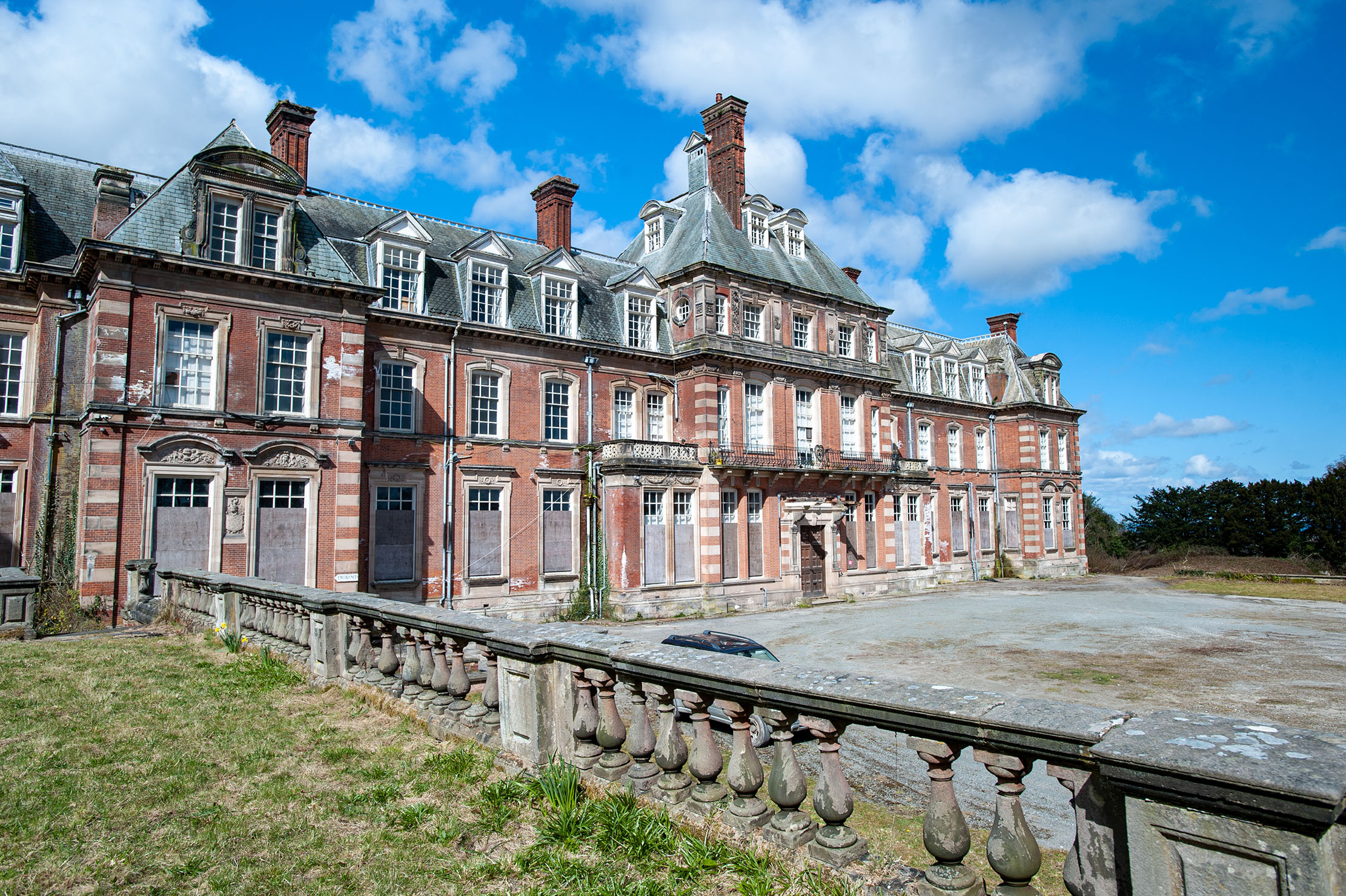
The images from that 1969 article show quite well what survived, or was restored, after the fire. Athena's recent piece picked up the story of what happened next:
'Kinmel was next bought by an American evangelist, who ran the building as a conference centre and vacation school,' Athena added.
'Its stately rooms were transformed into dormitories, but the place was preserved and brought to life. When this venture closed, the house was purchased in 2012 by overseas investors, who saw an opportunity for a grand hotel. Funding has not been forthcoming, however, and the house is now being vandalised, holes are appearing in the roof and Kinmel Hall teeters on the brink of catastrophic decline.'
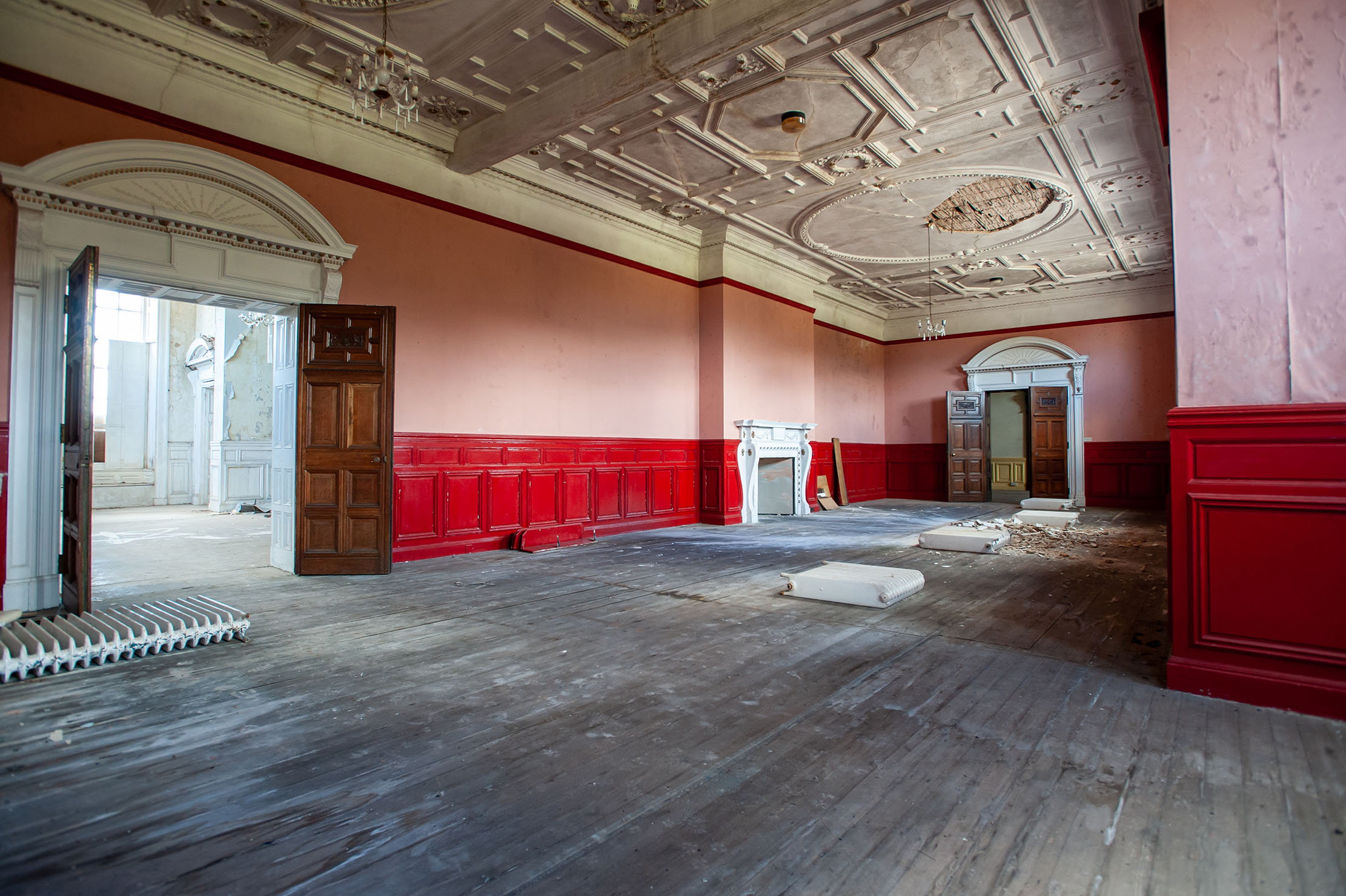
Kinmel has been empty since 2000, and while it was sold just under a decade ago the owners' plans haven't come to fruition; now, the new owners are the ones tasked with getting it back on track.
Those owners will need to arrest and reverse the decline, taking into account that the house and parts of the stable block are Grade I-listed, and that 'extensive renovation' is needed, in the rather understated phrase of the auctioneer.
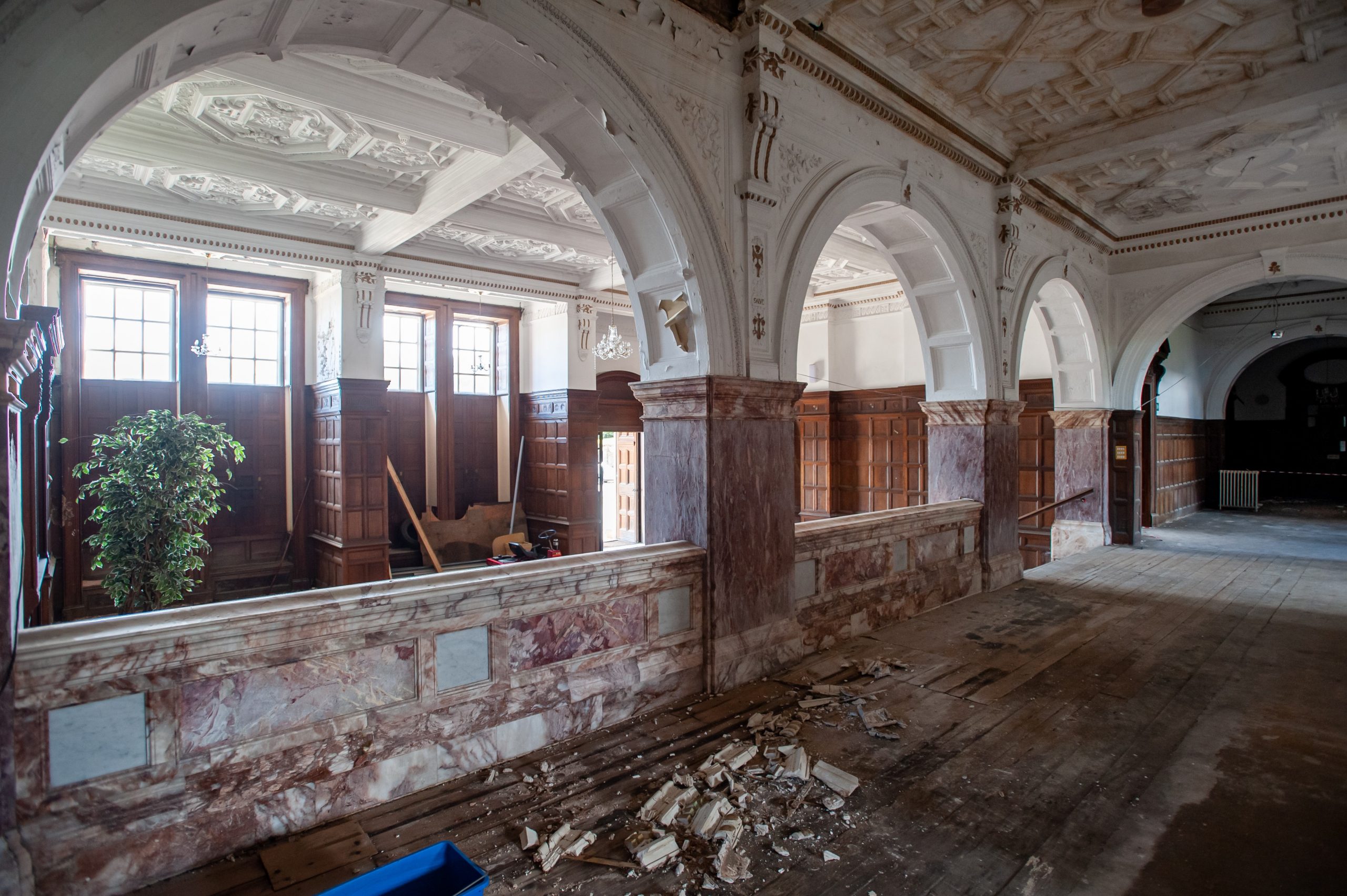
That said, with a sale price of just £950,000 (plus fees, naturally) there is clearly scope for somebody to come in and save the building without bankrupting themselves in the process. Various consents which have previously been applied for have lapsed, but all the signs are that the local authorities will be happy to see Kinmel become a hotel or conference centre, so long as the buildings and grounds are saved sensitively.
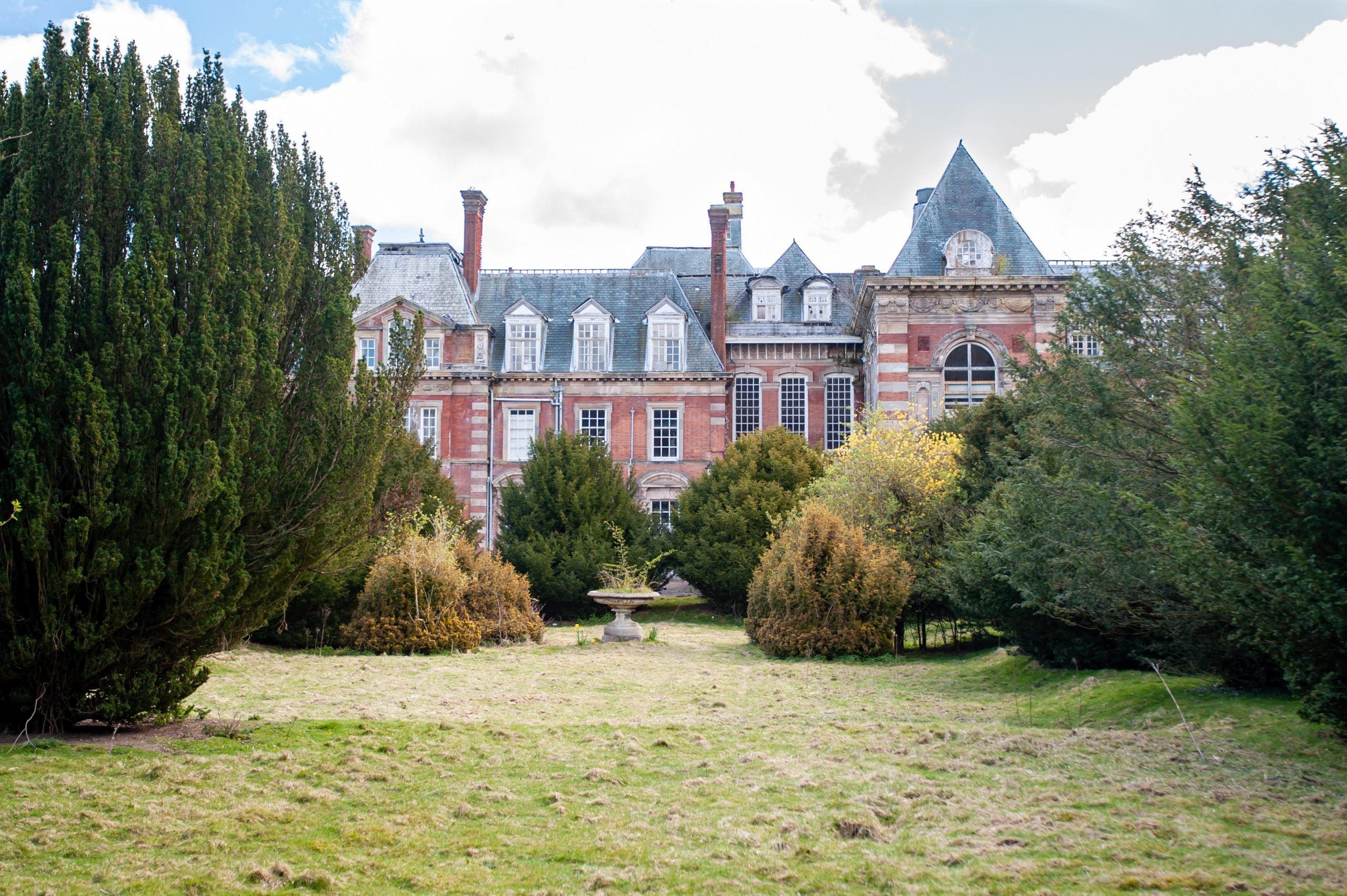
Yet it may well be that an even happier fate awaits, as Athena suggested in March. 'It’s important to point out that the recent sale of Troy House, Monmouthshire — at auction for £1.35 million after plans for enabling development had been refused — demonstrates that there are substantial buyers out there with the funds and imagination needed to return houses on this scale to glory.'
Kinmel Hall, Denbighshire, was for sale via auction with Allsop on May 13 — it fetched £950,000. See more details and pictures.

Credit: Strutt and Parker
Best country houses for sale this week
An irresistible West Country cottage and a magnificent Cumbrian country house make our pick of the finest country houses for
Toby Keel is Country Life's Digital Director, and has been running the website and social media channels since 2016. A former sports journalist, he writes about property, cars, lifestyle, travel, nature.
-
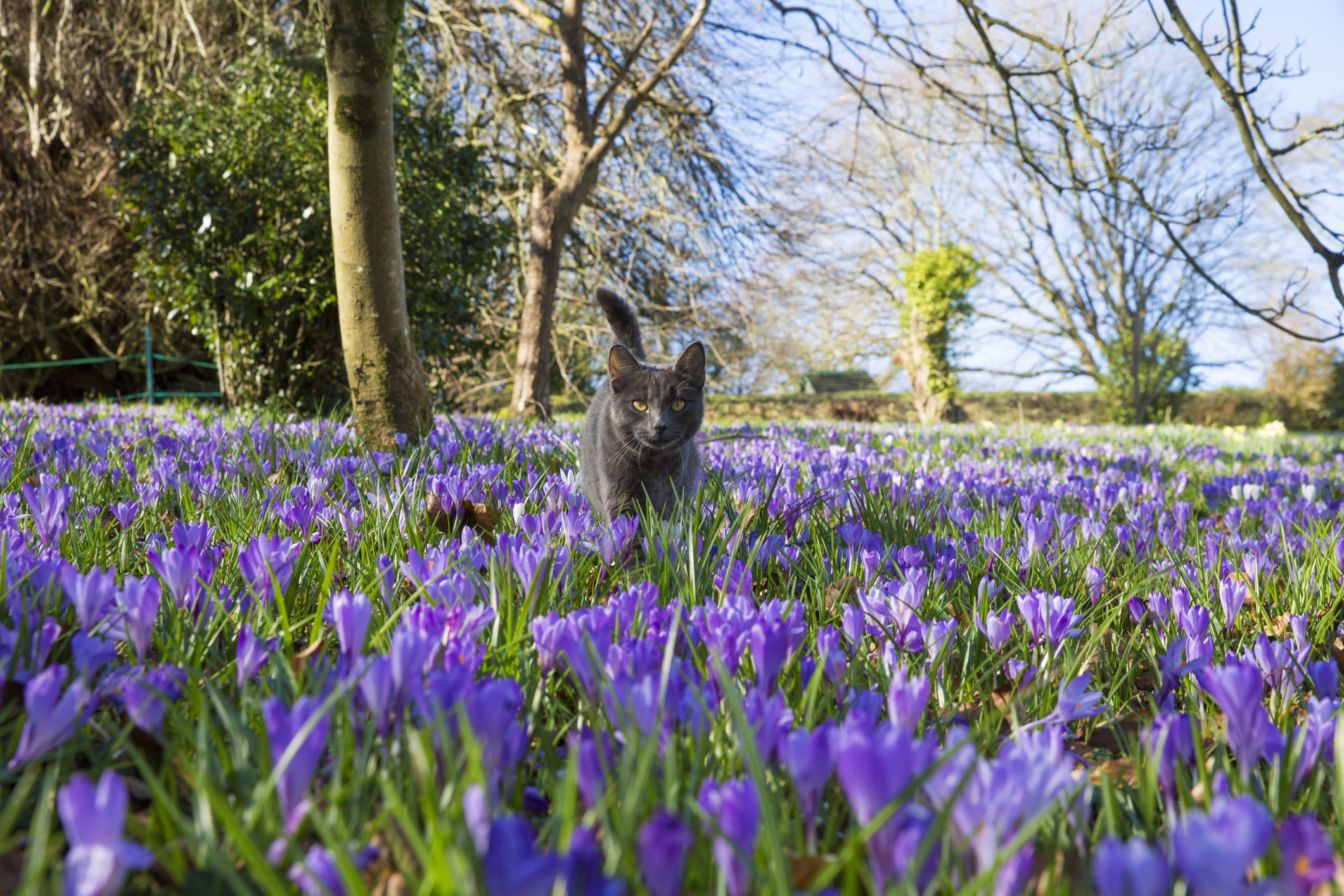 The King's favourite tea, conclave and spring flowers: Country Life Quiz of the Day, April 22, 2025
The King's favourite tea, conclave and spring flowers: Country Life Quiz of the Day, April 22, 2025Tuesday's Quiz of the Day blows smoke, tells the time and more.
By Toby Keel Published
-
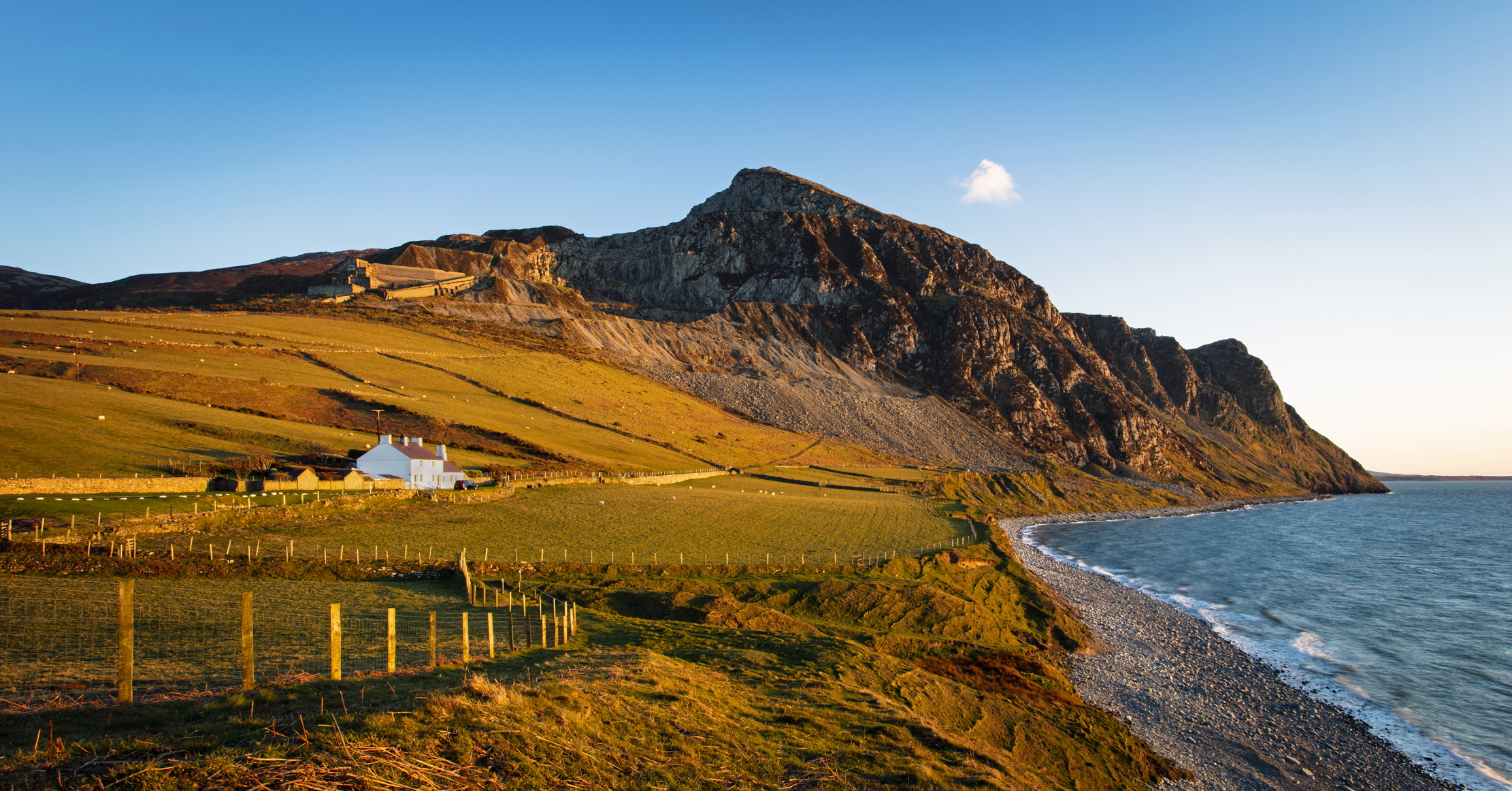 London is the place for me* (*the discerning property buyer)
London is the place for me* (*the discerning property buyer)With more buyers looking at London than anywhere else, is the 'race for space' finally over?
By Annabel Dixon Last updated

